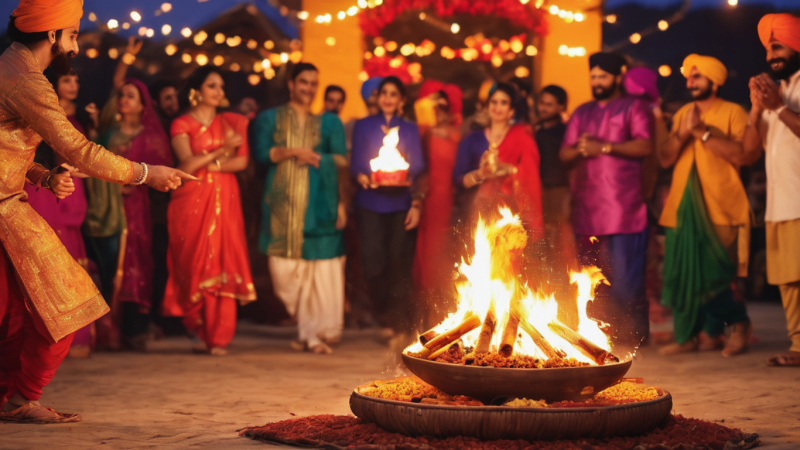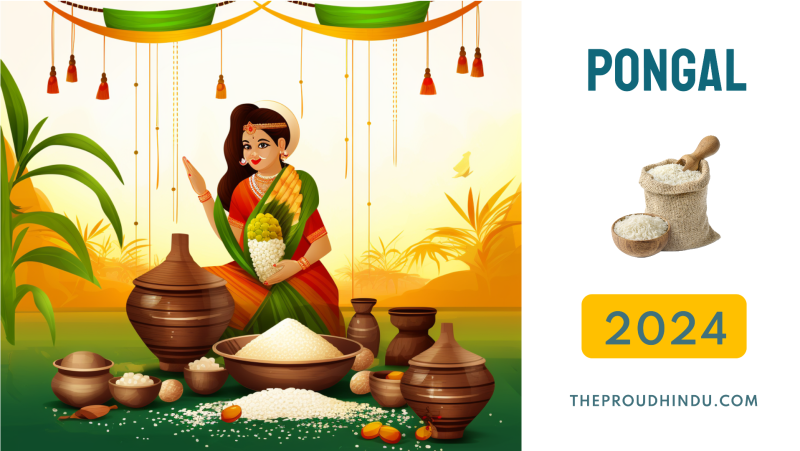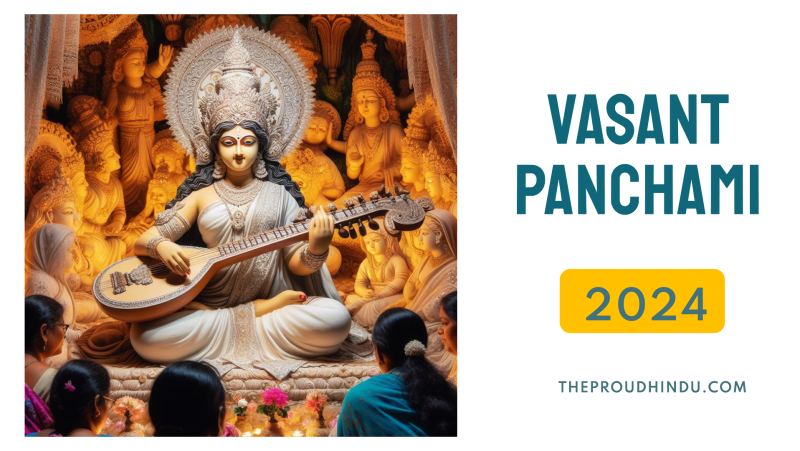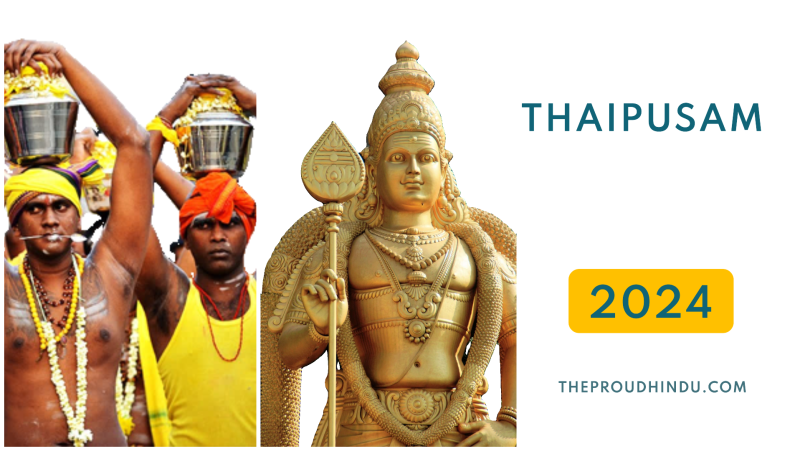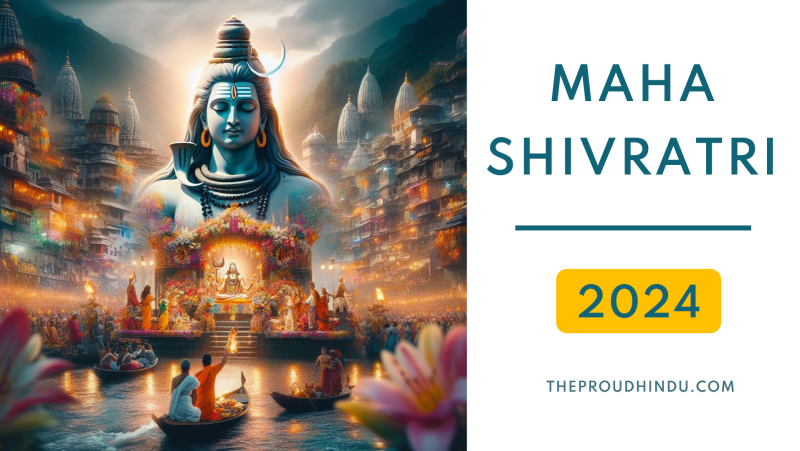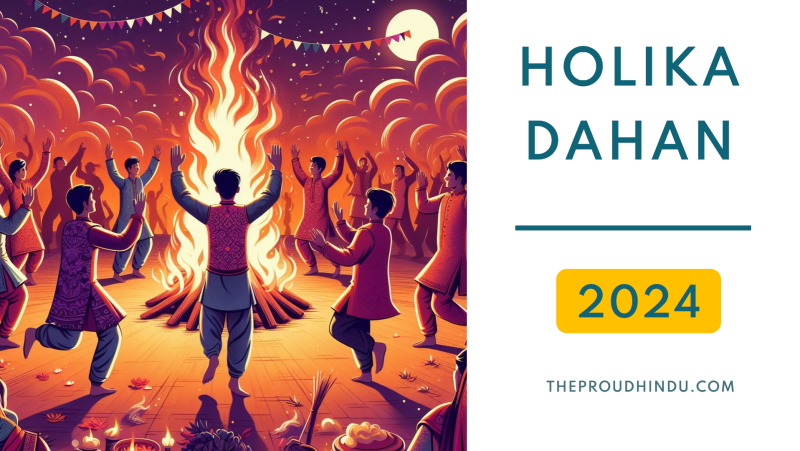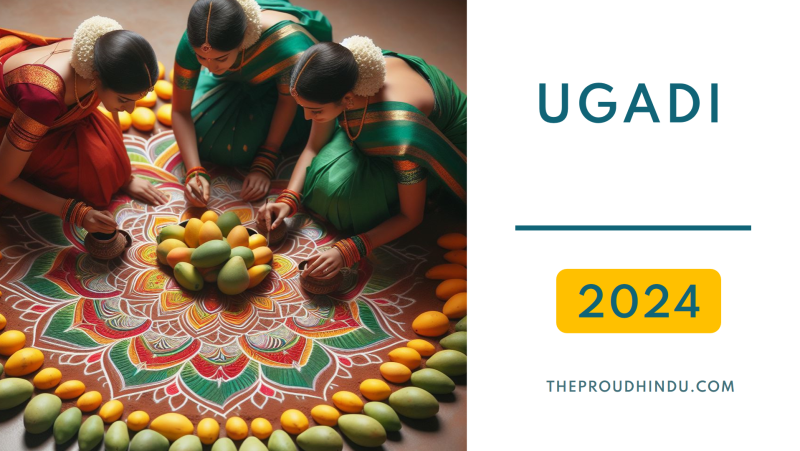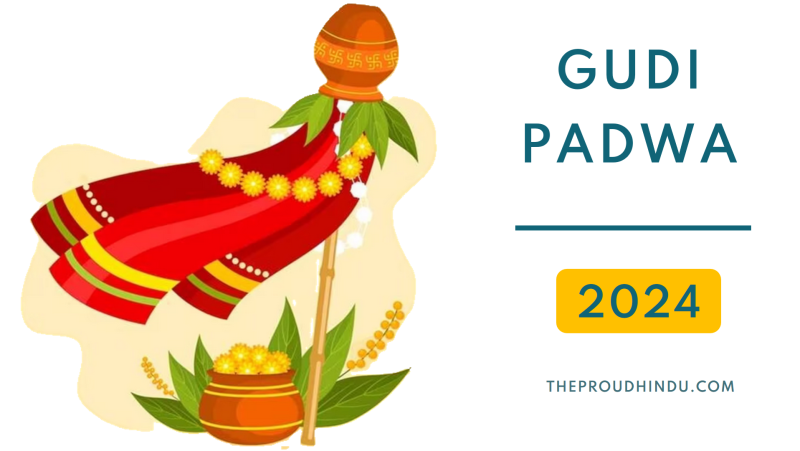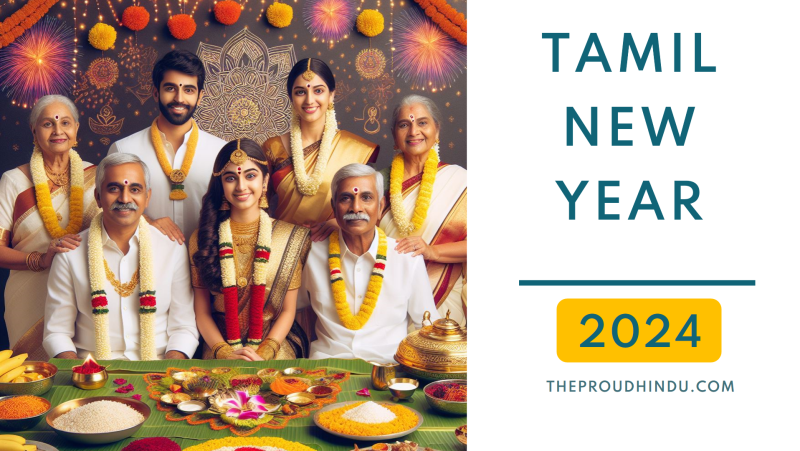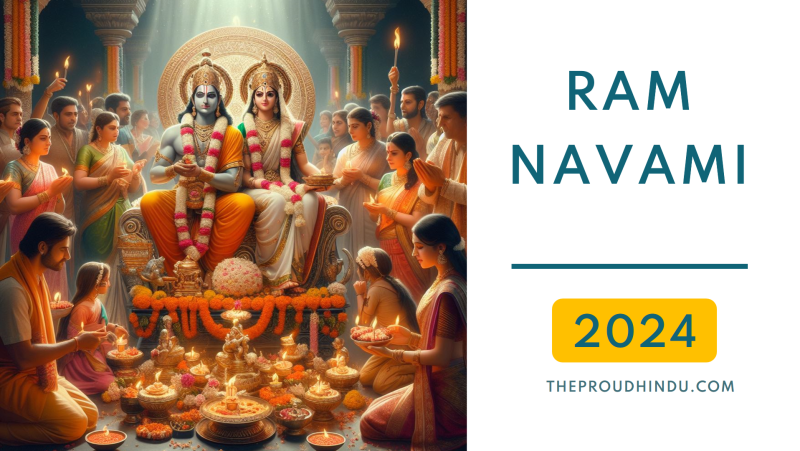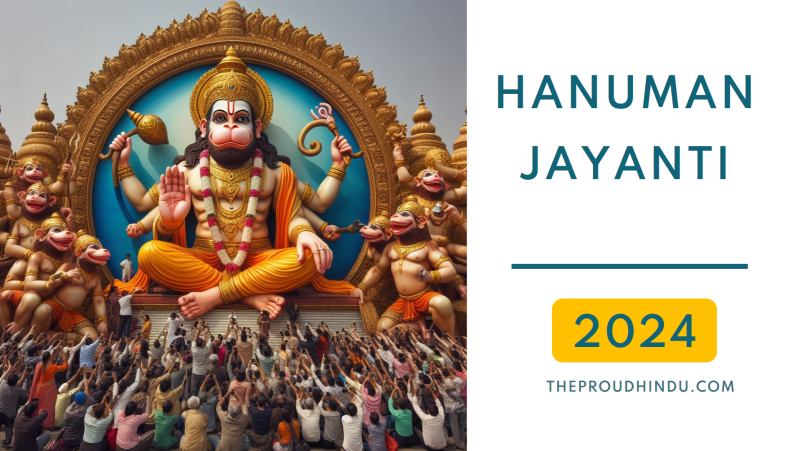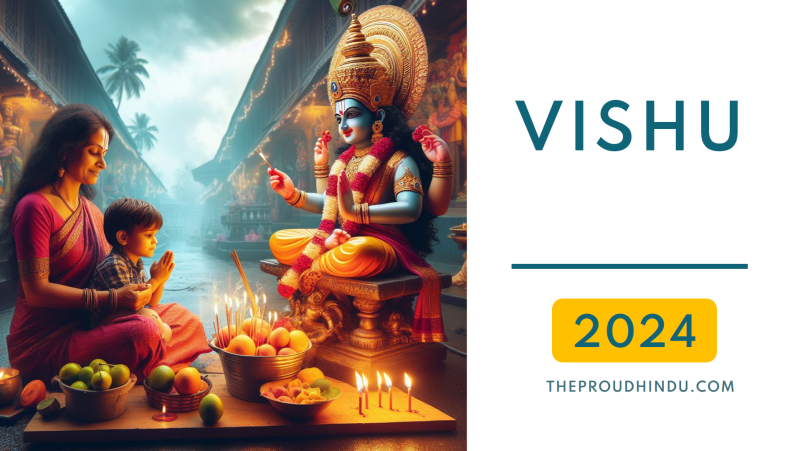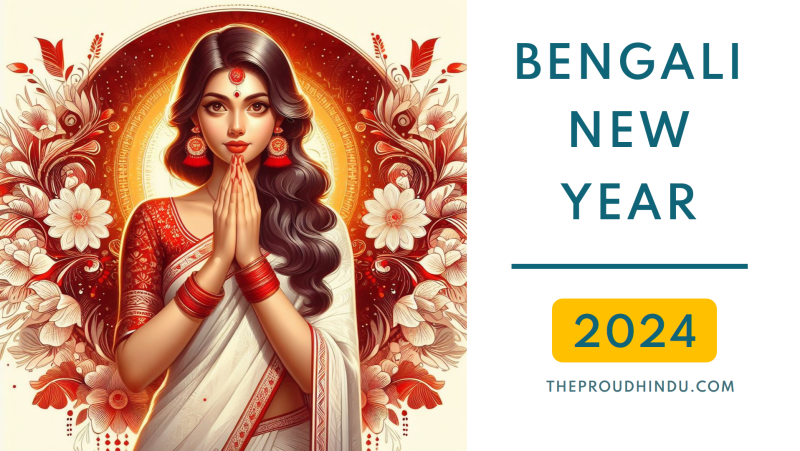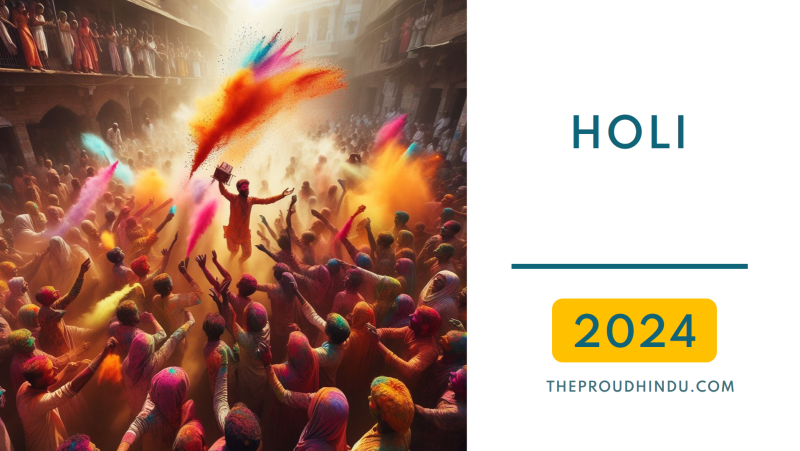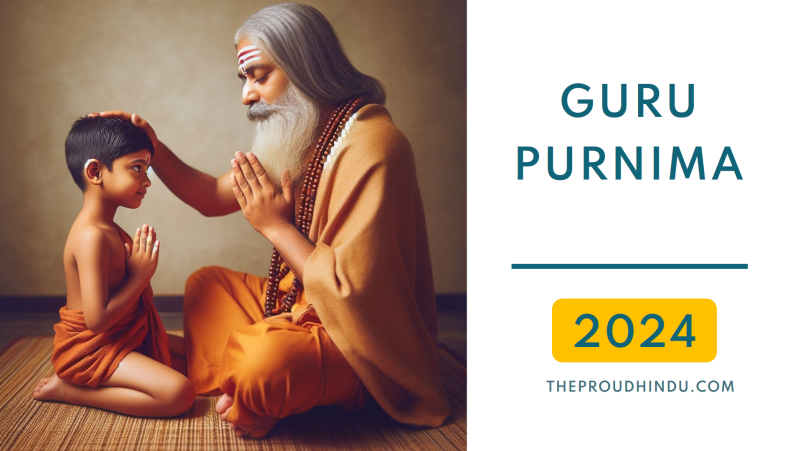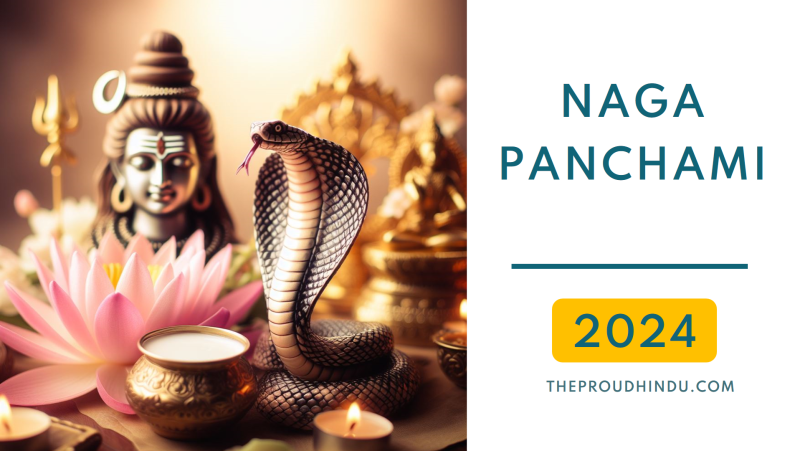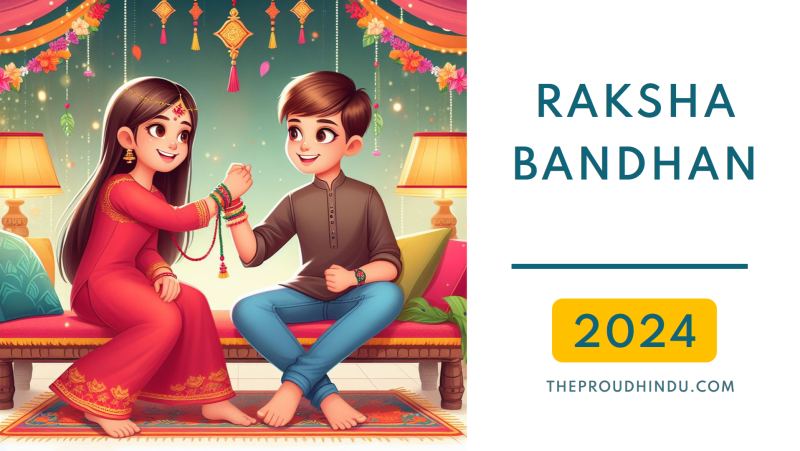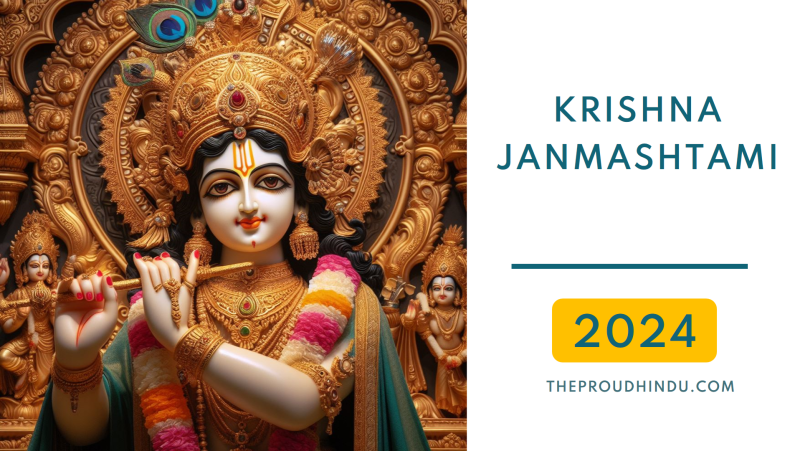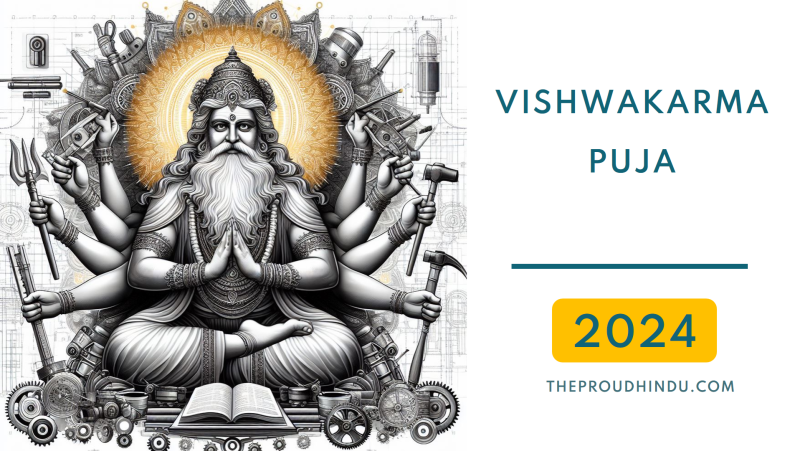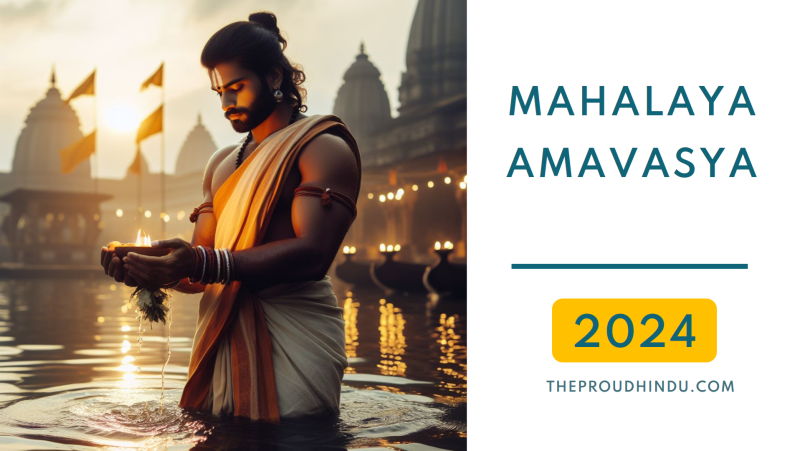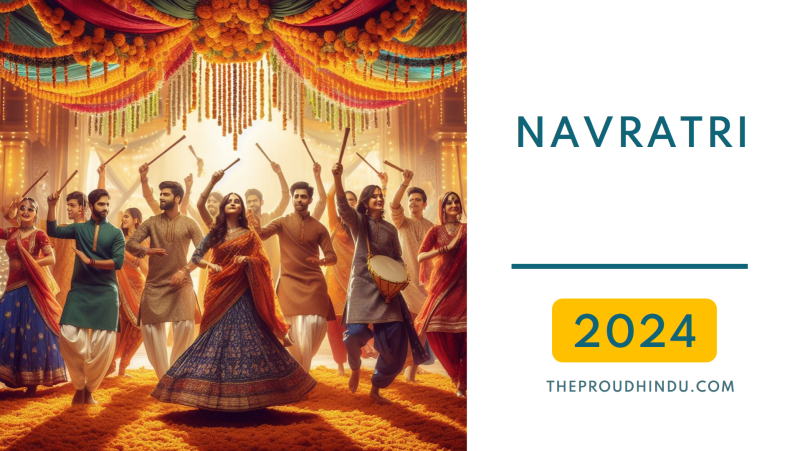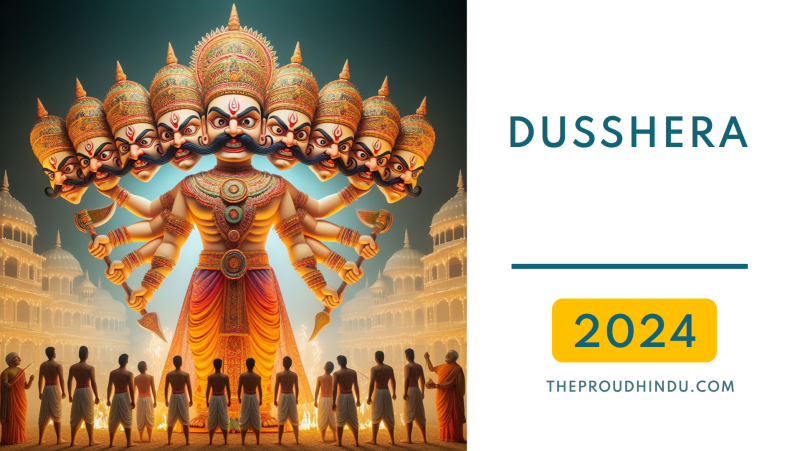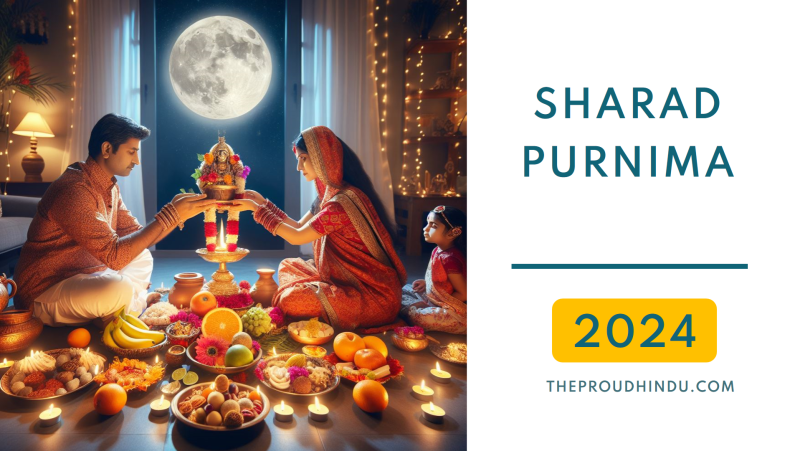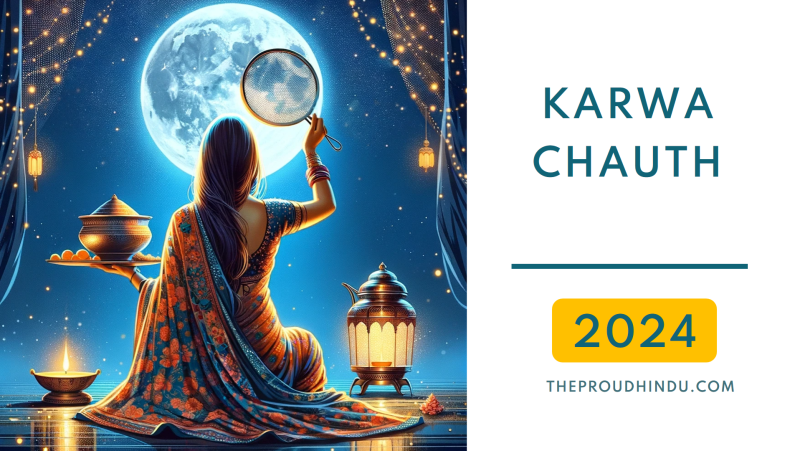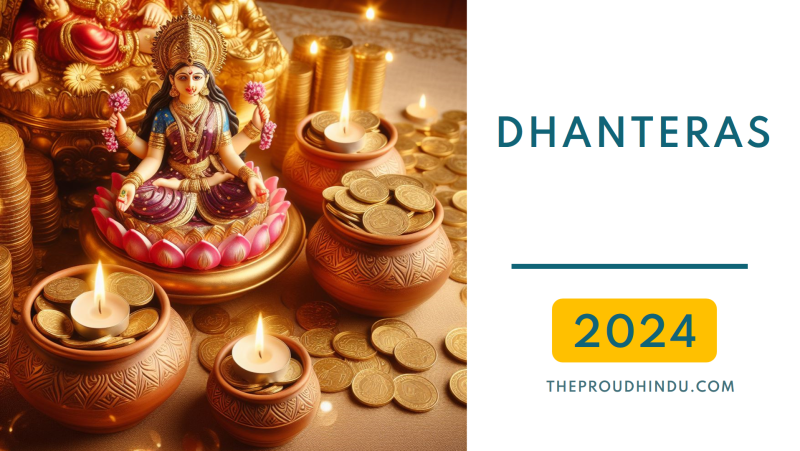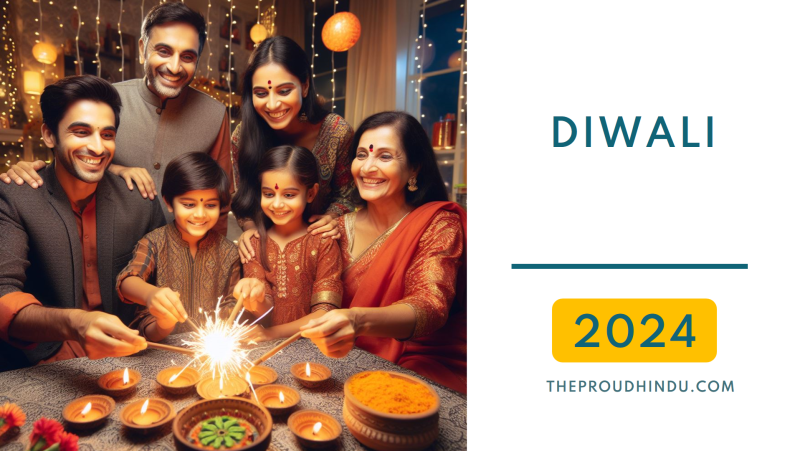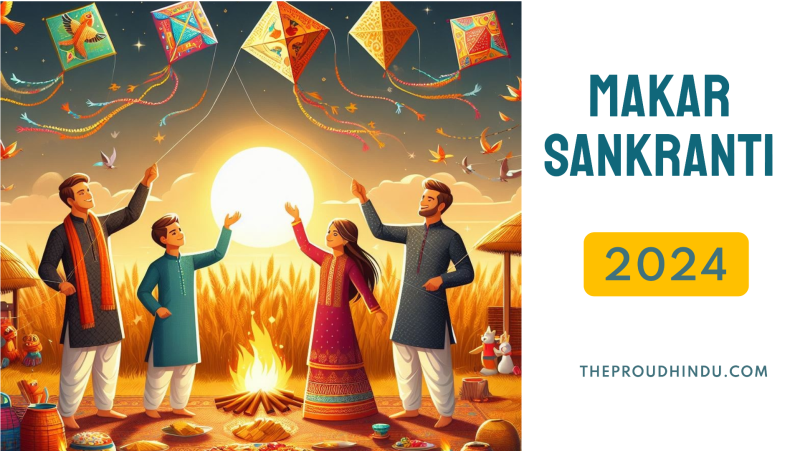
About Makar Sankranti Festival in 2024
MakarSankranti 2024 is on Monday,15 January 2024. Makar Sankranti also spelled as Makar Sakranti is a widely celebrated Hindu festival in India that marks the transition of the sun into the zodiac sign of Capricorn (Makar) on its celestial path. Makar Sankranti also holds spiritual significance as it marks the end of inauspicious days according to the Hindu calendar and the beginning of more favourable periods for religious ceremonies and new ventures.
Here's a detailed overview of the Makar Sankranti festival in English:
Makar Sankranti 2024 Date:
It usually falls on the 14th or 15th of January every year, depending on the Hindu calendar and astronomical calculations. In 2024, Makar Sankranti will be celebrated on Monday, 15 January 2024. On this day, the sun will enter the zodiac sign of Capricorn at 02:54 in the morning.
Makar Snakranti 2024 Muhurat:
Makar Sankranti Punya Kaal - from morning 06:41 to evening 06:22 Duration - 11 hours 41 minutes
Makar Sankranti Maha Punya Kaal - from morning 06:41 to morning 08:38 Duration - 1 hour 57 minutes
Makar Sankranti Meaning
The term "Makar Sankranti" is derived from two words: "Makar," which refers to the zodiac sign of Capricorn, and "Sankranti," which translates to the transition of the sun from one zodiac sign to another.
The festival marks the transition of the sun into the zodiac sign of Capricorn (Makar), indicating the end of the winter solstice and the beginning of longer days as the sun moves towards the northern hemisphere.
The term "Sankranti" signifies the movement of the sun from one zodiac sign to another, which happens every month. However, Makar Sankranti holds particular significance as it marks the sun's movement into Capricorn, signifying the start of the auspicious period known as Uttarayan.
Makar Sankranti celebrates the shift in seasons, especially the transition from the cold winter months to the warmer days of spring. It is a festival of joy, new beginnings, and the onset of the harvest season in various parts of India.
Why Makar Sankranti is celebrated?
Makar Sankranti is celebrated for several reasons, each carrying cultural, religious, and astronomical significance:
1. Transition of the Sun: Makar Sankranti marks the transition of the sun into the zodiac sign of Capricorn (Makar). It signifies the end of the winter solstice and the beginning of longer days as the sun starts its northward journey, moving towards the northern hemisphere. This transition marks the beginning of the auspicious period known as Uttarayan.
2. Harvest Festival: It is predominantly celebrated as a harvest festival, rejoicing the arrival of the spring season and the commencement of the harvesting period for various crops. Farmers express gratitude for a successful harvest and pray for prosperity in the upcoming agricultural season.
3. Astronomical Importance: The festival has astronomical relevance as it marks an important solar event. It signifies the movement of the sun from one zodiac sign to another, which influences the length of daylight hours and has implications in agriculture, particularly the onset of the spring season.
4. Religious Observances: For some, Makar Sankranti is associated with religious ceremonies and rituals. Taking a holy dip in rivers, especially at auspicious locations, is considered highly auspicious during this time. It is believed that taking a dip in sacred rivers washes away sins and brings blessings.
5. Symbolism of New Beginnings: Makar Sankranti symbolizes new beginnings, as it marks the end of inauspicious days according to the Hindu calendar and the start of more favorable periods for religious ceremonies, weddings, and new ventures.
Overall, Makar Sankranti is celebrated for its multi-dimensional significance—it heralds the change of seasons, celebrates agricultural abundance, reflects cultural diversity, and holds spiritual and astronomical importance in the Hindu calendar.
Things to do on Makar Sankranti
1. Kite Flying: One of the most popular traditions during Makar Sankranti is kite flying. People across India fly colorful kites as a symbol of joy, prosperity, and the transition into the bright phase of the year.
2. Special Foods: Various regions in India prepare special dishes and sweets made from sesame, jaggery, and rice to celebrate Makar Sankranti. In many places, dishes like tilgul (sesame and jaggery sweets), chikki (a sweet made of peanuts and jaggery), and khichdi (a dish made of rice and lentils) are prepared.
3. Holy Dips: Taking a dip in sacred rivers such as the Ganges, Yamuna, Godavari, and others is considered highly auspicious during Makar Sankranti. People believe that taking a dip in these rivers washes away sins and brings blessings.
4. Charity and Donations: Many individuals perform charitable acts, donate food, clothes, or money to the less fortunate during this festival, following the belief in helping those in need to attain good karma.
Makar Sankranti in Different States
Makar Sankranti is celebrated with diverse cultural practices and traditions across various states in India. Here's how the festival is observed in different states:
1. Uttar Pradesh: In Uttar Pradesh, Makar Sankranti is known as "Khichdi Parv" or "Sankrant." People take holy dips in rivers like the Ganges and Yamuna. Special dishes like khichdi (a mix of rice and lentils) are prepared and consumed.
2. Gujarat: Makar Sankranti is celebrated with enthusiasm in Gujarat as "Uttarayan." The skies are filled with colourful kites as people engage in kite-flying competitions. Special delicacies like undhiyu (a mixed vegetable dish) and chikkis (sweet treats made with jaggery and nuts) are relished.
3. Maharashtra: In Maharashtra, it is celebrated as "Makar Sankrant" or "Sankrant." People exchange tilgul (a sweet made from sesame seeds and jaggery) while saying "tilgul ghya, god god bola," which means "accept this sweet and speak sweet words." The festival is marked with kite-flying, feasting on special dishes like puran poli, and offering prayers to the Sun God.
4. Punjab: In Punjab, Makar Sankranti is called "Maghi." People take ritual baths in rivers, especially at important pilgrimage sites like Haridwar. Traditional Punjabi dishes like sarson da saag (mustard greens) and makki di roti (cornbread) are savored.
5. Tamil Nadu: Makar Sankranti is celebrated as "Pongal" in Tamil Nadu. It is a four-day festival that includes Bhogi (the first day), Thai Pongal (the main day), Maatu Pongal (cattle worship), and Kaanum Pongal (the fourth day). The festival involves cooking Pongal, a sweet rice dish, in earthen pots, and decorating homes with kolams (rangoli).
6. Karnataka and Andhra Pradesh: Makar Sankranti is celebrated as "Sankranti" in these states. People fly kites, prepare traditional sweets like ellu bella (a mixture of sesame seeds, jaggery, and coconut), and take part in various cultural events.
In each state, Makar Sankranti is celebrated uniquely, showcasing the diversity of traditions and customs across India while honoring the transition of the sun and welcoming the harvest season with joy and enthusiasm.
Makar Sankranti Decoration
Makar Sankranti decorations usually revolve around vibrant and colorful themes to celebrate the arrival of the harvest season and the transition of the sun into the zodiac sign of Capricorn. Here are some decoration ideas for Makar Sankranti:
1. Kite Décor: Incorporate kites into your decorations. Hang colourful paper kites or create a kite-shaped garland to adorn walls or doorways. You can also make a kite-shaped rangoli using colourful rice flour or colored sand.
2. Rangoli Designs: Create intricate and colourful rangolis at the entrance of your home using colored rice, flower petals, colored sand, or chalk powder. Traditional patterns and symbols like the sun, kites, flowers, or geometric shapes can be used.
3. Drapes and Fabrics: Use bright and colorful fabrics or dupattas to decorate your home. You can drape them on walls, windows, or across doorways to add a festive touch.
4. Fruit and Flower Decor: Display fruits like sugarcane, oranges, and flowers such as marigolds or roses in decorative bowls or baskets. These symbolize abundance and the harvest season.
5. Torans or Door Hangings: Hang decorative torans or door hangings made from mango leaves, marigold flowers, or fabric with embroidery or mirror work.
6. Lamps and Candles: Place diyas (clay lamps) or candles around the house. You can create a centerpiece using a brass or clay oil lamp adorned with flowers or colored stones.
7. Pot Painting: Paint earthen pots or pitchers with vibrant colours and traditional motifs. These decorated pots can be used as planters or displayed as standalone decorations.
8. Sesame Seed String Decor: Create strings of sesame seeds and jaggery (tilgul) to hang around the house. These strings not only add decoration but also hold cultural significance as a traditional offering during Makar Sankranti.
9. Traditional Artifacts: Display traditional artifacts like brass utensils, idols of deities, or handicrafts that add to the festive ambience.
Remember, Makar Sankranti decorations often emphasize bright colors, traditional motifs, and elements related to harvest and prosperity to capture the essence of the festival's spirit. You can mix and match these ideas to create a vibrant and festive atmosphere in your home.
Makar Sankranti is a festival that rejoices in the changing seasons, symbolizes prosperity, and reflects the diversity of cultural practices across India. It is celebrated with enthusiasm and fervor, uniting people in shared traditions and joyous celebrations.
Makar Sankranti Date
| Year | Date | Day |
|---|---|---|
| Makar Sankranti 2023 Date | 14 January 2023 | Saturday |
| Makar Sankranti 2024 Date | 15 January 2024 | Monday |
| Makar Sankranti 2025 Date | 14 January 2025 | Tuesday |
| Makar Sankranti 2026 Date | 14 January 2026 | Wednesday |
| Makar Sankranti 2027 Date | 15 January 2027 | Friday |
You may also like …
Are You The Proud Hindu?
The Trimurti
Create an account to join us and start taking part in conversations.
SIGNIN